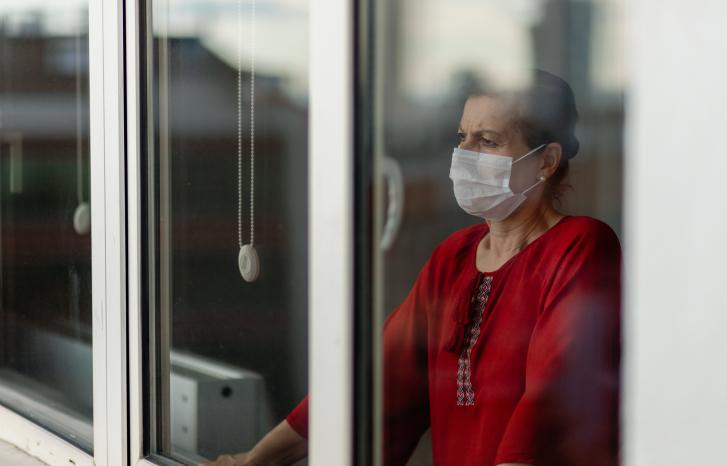Norway is ranked as the world’s second most gender-equal country by the World Economic Forum. Yet, even here, the consequences of the Covid-19 pandemic follow several gendered patterns. On a basic level, this can be seen in the infection and mortality statistics. More women than men are infected, as women more often work on the frontline – in healthcare, home-based services, kindergartens and schools, shops and receptions. Yet, there is a predominance of men among those who become seriously ill and die, as men more often suffer from lifestyle-related risk factors such as cardiovascular disease.
However, the pandemic also highlights some significant and remaining gendered structures in the Norwegian labour market – and the not-quite-sufficient efforts to eliminate them.
Like in most countries, the Norwegian labour market is highly gender segregated. Only 15 per cent of Norwegian men and women work in a gender-balanced occupation (defined as having more than 40 per cent of both genders in the work force). Women dominate in healthcare, retail and education, while men are overrepresented in construction, industry and transport.
More women than men are infected, as women more often work on the frontline.
On average, women’s hourly wages in Norway are 89 percent of men’s. This is due to the wages in women-dominated occupations being lower than in the male-dominated. Among those with a three-year bachelor's degree, this number is 83 percent, meaning that the gender pay gap actually is larger among the higher educated.
Public sector healthcare is the largest employer of women in the Norwegian labour market, employing as many as one-third of all female workers. As a vital part of the fight against the Covid pandemic, healthcare workers have been subject to extensive overtime work and numerous breaches of the Work Environment Act during the past year. Rarely before has the importance of healthcare workers to the functioning of society been so visible to the general population.
Read also: Hopes for increased attention to side effects among women
In addition, a recent estimation from the Ministry of Finance strongly emphasise the future need for more healthcare workers to cover the demands of an ageing population. Not just one-third of employed women, but one-third of the entire workforce may be needed in healthcare in the coming decades. In other words, the female-dominated healthcare sector needs to attract workers of both genders in the years to come.
Public sector healthcare is the largest employer of women in the Norwegian labour market, employing as many as one-third of all female workers.
To increase recruitment into the healthcare sector, improving salaries and working time arrangements are key. Thus, you might expect the pay and working conditions of healthcare workers to be a topic high on the current political agenda. You would be wrong.
Within the context of the centralised wage-bargaining system of Norway, the healthcare sector actually did worse in 2020 relative to previous years. Applauding health workers from the balconies is kind, but most of them would probably prefer a pay raise that equalled their salary to that of male-dominated occupations with similar skill and education requirements.
As for working time arrangements, one-third of women in the Norwegian labour market work part-time. Within healthcare, almost two-thirds of female employees work part-time – often against their own wishes. Small job fractions have become the standard offered by many institutions, forcing many employees to combine part-time positions with different employers to create something close to a full-time job.
Being the world’s second most gender-equal society does not yet imply being close to eliminating gendered inequalities in the labour market.
This may appear beneficial for the employers in a short-term perspective, providing them with flexibility in the workforce, but it is not sustainable for the workers and for society in the long run. The Covid pandemic put a spotlight on this problem: Healthcare workers working at several locations constitute a risk for contagion and puts an extra strain on the workers in a demanding situation. Still, no significant effort has been made to identify ways to reduce establish a full-time standard in the healthcare sector.
Read also: Talk of equality is risky business for career in the oil industry
A full year into an ongoing health crisis that places extraordinary demands on them, Norwegian healthcare workers may be excused for asking: If now is not the time for a strong initiative to level out gender inequalities regarding pay and working time arrangements, when will be?
Apparently, being the world’s second most gender-equal society does not yet imply being close to eliminating gendered inequalities in the labour market.
This article was first published on the Gendering Covid-19 social policy blog.



